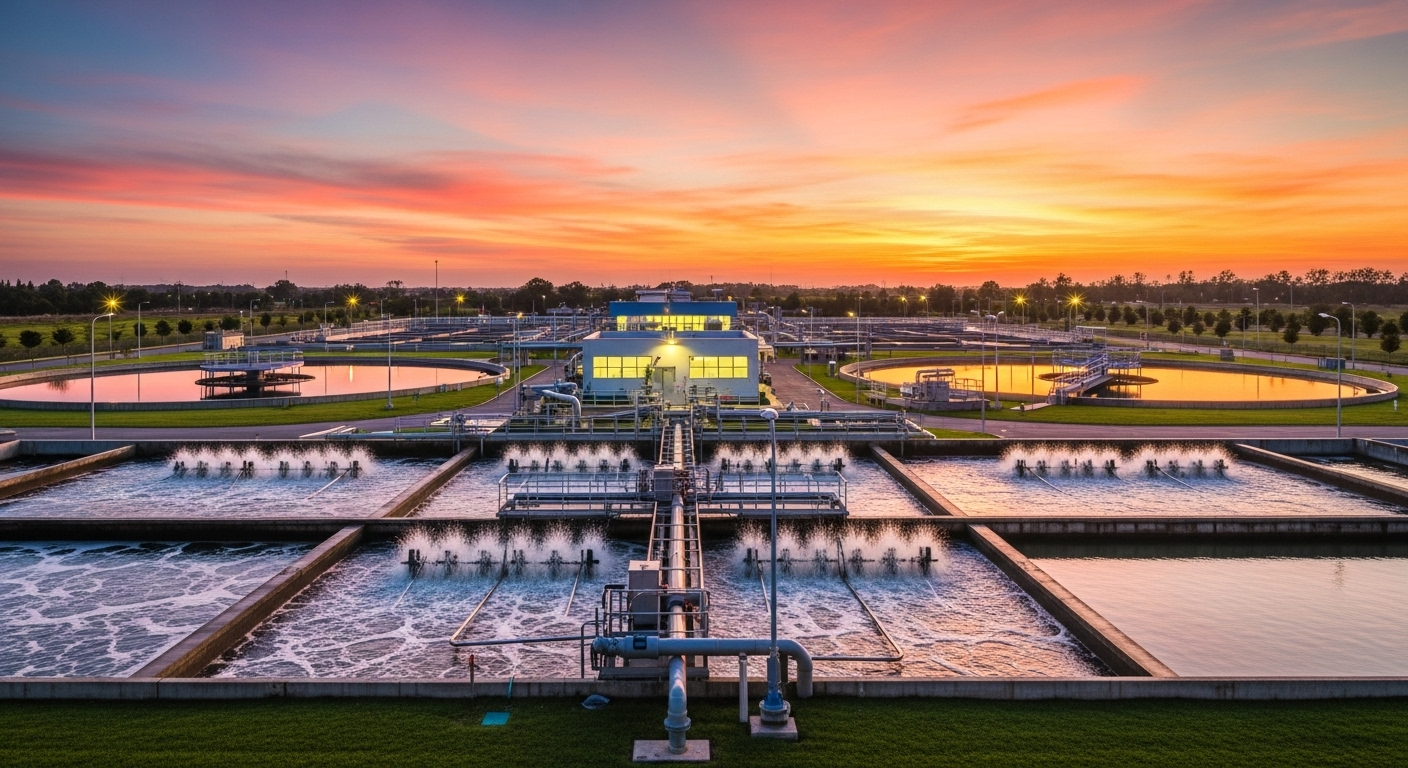As Bangladesh continues to grow economically and industrially, it faces significant environmental challenges, particularly concerning water management. With rivers and lakes becoming increasingly polluted, the need for sustainable solutions has never been more pressing. One innovative approach gaining traction is the implementation of Zero Liquid Discharge (ZLD) plants. But what does this mean for Bangladesh?
Understanding Zero Liquid Discharge (ZLD)
Zero Liquid Discharge is a wastewater management process that ensures no liquid waste is discharged into the environment. Instead, a ZLD plant recycles and treats wastewater, recovering valuable resources and minimizing environmental impacts. This process leads to the elimination of liquid waste and promotes water conservation, making it a viable solution for industries and municipalities.
Current Implementation in Bangladesh
As of early 2025, the implementation of ZLD plants in Bangladesh is still in its nascent stage. However, there is a growing recognition of its importance, especially in key industries such as textile, pharmaceuticals, and food processing. Here are some highlights of the current status:
- Government Initiatives: The Bangladeshi government has begun to acknowledge the significance of effective wastewater management. Initiatives aimed at promoting cleaner production techniques, including ZLD, are in development. Policies and regulations are gradually being put in place to encourage industries to adopt sustainable practices.
- Pilot Projects: Several pilot projects have been implemented across different industries to demonstrate the feasibility and effectiveness of ZLD technology. These projects serve as important case studies, showcasing how ZLD can minimize wastewater generation and promote resource recovery.
- Industry Participation: Some of the leading textile and pharmaceutical companies in Bangladesh are actively exploring ZLD options. These industries have recognized the dual benefits of ensuring compliance with environmental regulations and improving water efficiency. As a result, investments in ZLD technologies are gradually increasing.
- Environmental Awareness: Public awareness of environmental issues in Bangladesh is on the rise. NGOs and activists are advocating for cleaner production practices, which include the adoption of ZLD systems. This growing environmental consciousness is pressuring companies to adopt sustainable practices.
- Challenges Ahead: Despite the positive developments, there are challenges hindering widespread ZLD implementation. High initial investment costs, lack of technical expertise, and limited awareness among smaller industries are some of the barriers that need to be addressed. The success of ZLD in Bangladesh will depend on collaborative efforts between the government, industries, and technology providers.
The Future of ZLD in Bangladesh
Looking ahead, the future of Zero Liquid Discharge plants in Bangladesh appears promising. As environmental regulations become more stringent and the demand for sustainable practices increases, it is likely that more companies will adopt ZLD technologies. Collaboration between industries and government bodies will be crucial in overcoming existing challenges and promoting the widespread implementation of ZLD systems.
Moreover, the shift towards green and sustainable industries can open new opportunities for technological advancements and innovation. Training programs and knowledge sharing will play a significant role in equipping industries with the necessary skills to operate ZLD plants effectively.
Final Thought
The current status of Zero Liquid Discharge plant implementation in Bangladesh is at a critical juncture. With the right policies, technological investments, and increased awareness, ZLD can significantly contribute to mitigating water pollution and promoting sustainable industrial practices. As Bangladesh continues on its path of economic growth, integrating ZLD technology could play an essential role in preserving its precious water resources for future generations.




